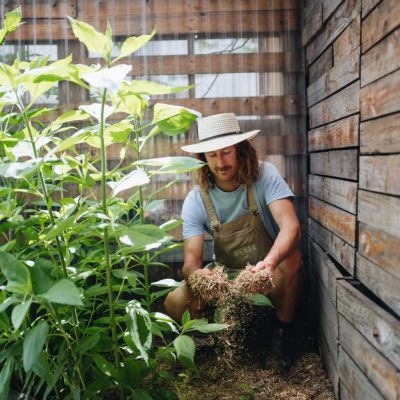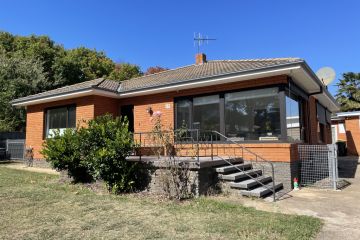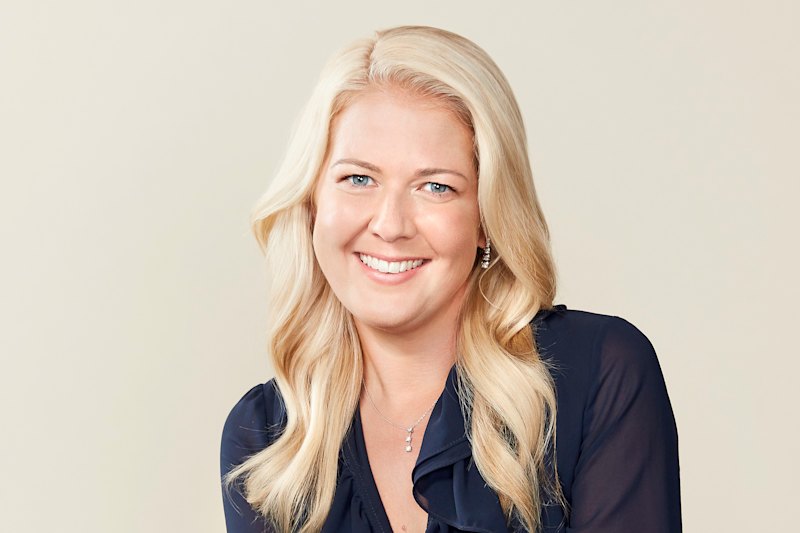The top towns in Australia where you can live a sustainable life
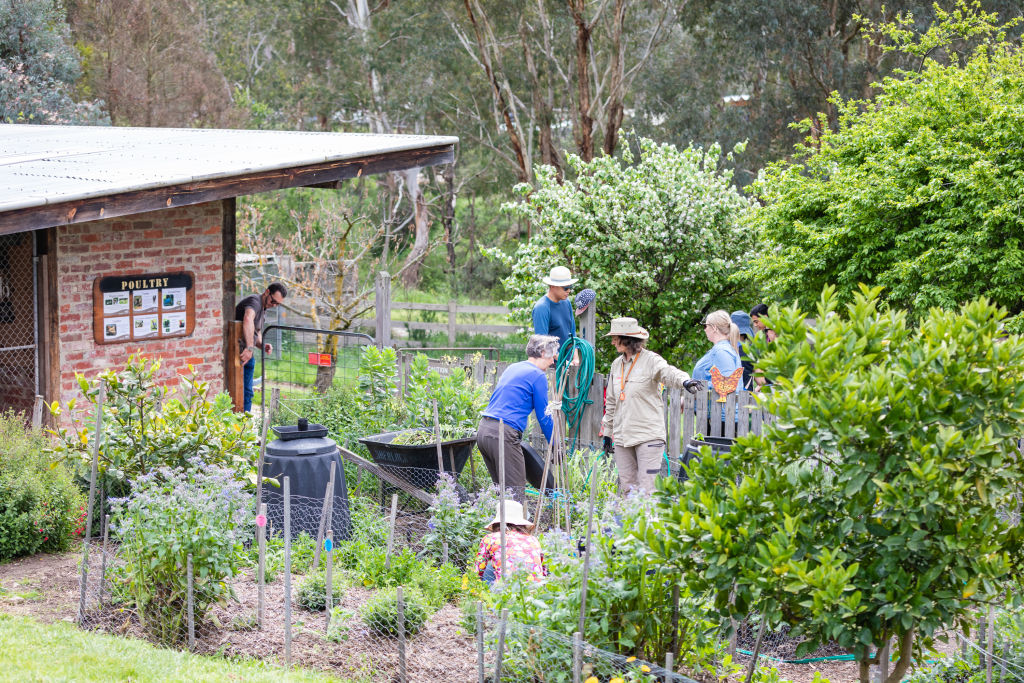
With interest in personal food production and sustainable living booming, more of us are turning to permaculture – a lifestyle and design concept based on meeting our needs in harmony with nature.
Permaculture Australia describes it as a do-it-yourself approach to our households. Key goals include sustainability, energy efficiency, food growing, resource and environmental conservation, building community and quality of life.
In an article for Resilience, David Holmgren (known as permaculture’s co-originator) argues that permaculture provides a framework and solution to many modern problems.
Holmgren reports a surge in sales of his 2018 self-help manual, RetroSuburbia: The Downshifter’s Guide To a Resilient Future and tours to his permaculture property as evidence of growing interest in the approach.
Perhaps another indication of our desire for an earthier lifestyle – the median price of regional property markets grew 3.4 per cent in the first half of 2020 compared to only 1 per cent in the capital cities, reports Dr Diaswati Mardiasmo, chief economist at PRD Real Estate.
Where to find permaculture nirvana
For those aspiring to permaculture, a common quest is where to find a like-minded community, says Victoria-based eco-developer, permaculture teacher and consultant Ian Lillington.
Theoretically, it’s possible to practise permaculture almost anywhere.
However, if you’re looking for a town that supports that lifestyle, including helping you to upskill and downshift, Lillington has developed some criteria to hone in on.
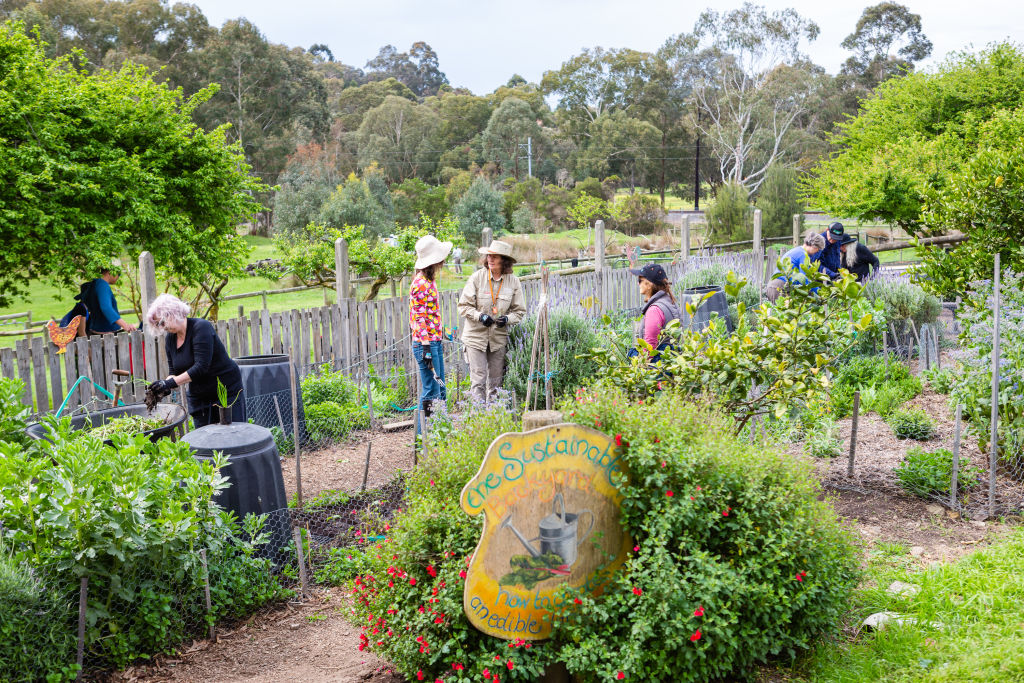
Look out for the presence of food co-ops, local farmers’ markets, bulk and organic food suppliers, permaculture classes, crop-swaps, barter opportunities, eco-housing and community groups with a sustainable living focus.
“As an indicator, can you get 50 per cent of your food from within 50 kilometres of the town?” he says.
“Ideally, living in the town won’t require you to drive more than 5000 kilometres a year,” he adds. Thus excellent amenities, like public transport, libraries, hospitals, mainstream and complementary therapies are key, as is easy walkability and cycling options.
Preferably, the land and climate also needs to support food growing most of the year, he says.
Other desirable criteria are adult learning opportunities, cultural venues, alternative schooling choices and Indigenous culture.
Here are some suggestions from Lillington and members of Permaculture Australia’s 17,600-strong Facebook group on the best towns to consider.
Queensland
Laidley
Michael Wardle, a permaculture educator and consultant, found a like-minded community at Laidley, about an hour west of Brisbane in the Lockyer Valley region.
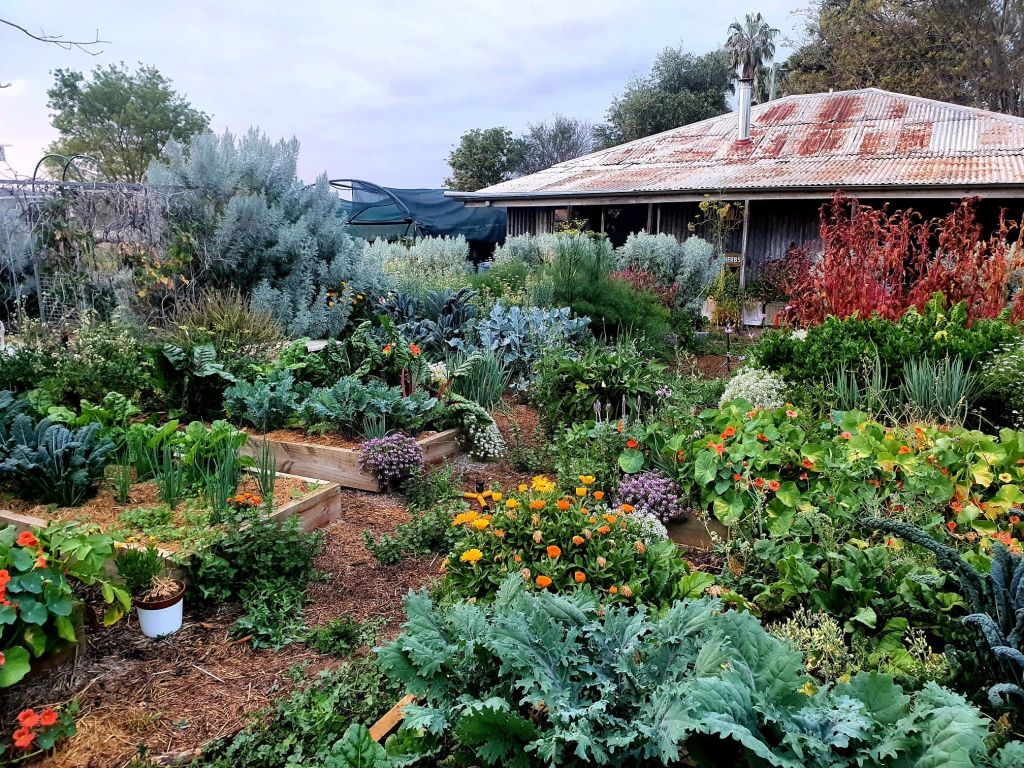
He was attracted to the agricultural town’s affordability, soil quality, amenities and positive, small town vibe.
Walking into town, he’s likely to bump into 10 or so people he knows. “We’re on the public transport line and everything that we possibly need is in a 15-minute walk of the house,” he says.
His 0.2-hectare permaculture garden produces about 2.5 tonnes of food a year for the family, saving him about $300 a week.
To counter drought, Wardle has town and tank water and a well.
Lillington also suggests the Sunshine Coast Hinterland towns of Maleny, Cooroy, Kin Kin and Pomona. Other Queensland towns nominated include Murgon, Preston, Stanthorpe, and the Atherton Tablelands.
Victoria
Research
Virginia Solomon was searching for a more frugal, sustainable, homesteading lifestyle and found her bliss in the suburb of Research (next to Eltham), about 20 kilometres north-east of Melbourne.
“I could see there were veggie gardens and things happening and the people around here were really friendly,” the retired teacher and landscape designer says.
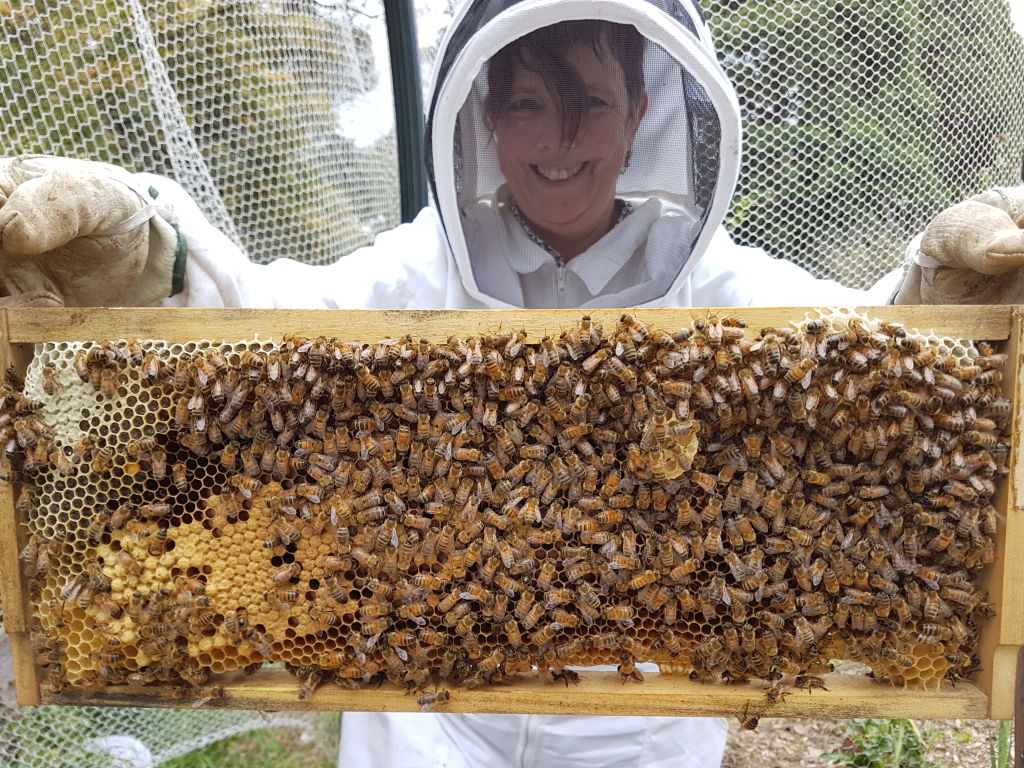
Six adults live on the 2800-square-metre property, including Solomon’s husband and son.
“Everybody helps out a bit. Whatever we have we share,” she says. “We’re not wealthy in dollars but we’re extremely wealthy being able to feed ourselves and live so well because of the generosity of the land.”
Downsides include having to drive more than she’d like, poor soil, hilly terrain and fire risk.

Lillington also suggests Castlemaine, Hepburn Springs, Daylesford, Yackandandah, Warburton, Foster, Monbulk, Yarra Junction, Maryborough, Dimboola, Foster and parts of Latrobe Valley.
NSW
Katoomba
Traditionally a green refuge for Sydneysiders, the Blue Mountains tourist town has a rail station, hospital, community garden, tool library and one of the largest food co-ops in Australia.
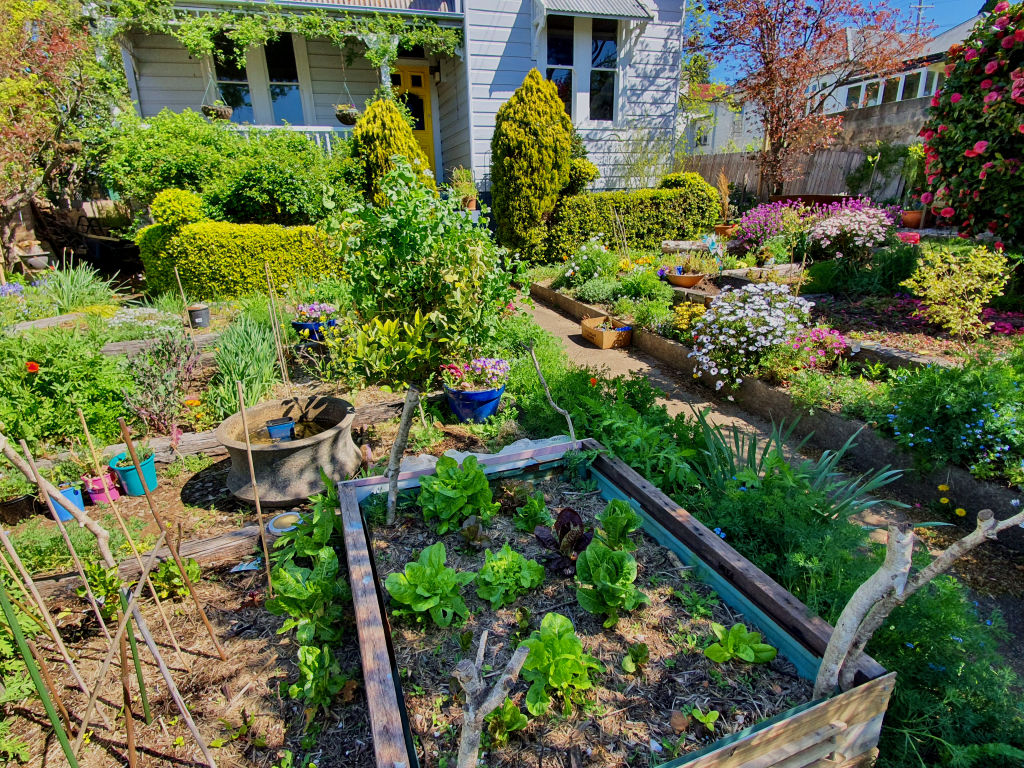
Also included on Lillington’s list is northern NSW (including Bellingen, Mullumbimby, Nimbin and Lismore), Bega, Lightning Ridge and parts of Wagga.
Western Australia
Denmark
Lillington suggests Denmark, a beachside town 414 kilometres south-east of Perth on the Rainbow Coast. “It’s a town that thrives because it’s a long way from anywhere else,” he says.
Along with small town charm and biosphere reserves, there’s scores of recreational activities, a community market and eco-village.
Also look into Mundaring, Margaret River, Darlington and Bridgetown.
South Australia
Willunga
Willunga, an hour south of Adelaide and nine kilometres from the beachside town of Aldinga, has an award-winning farmers’ market, plus a food co-op, eco-village and Steiner school, Lillington says.
More options include parts of the Fleurieu Peninsula.
Tasmania
Cygnet
Lillington suggests Cygnet, a small Huon Valley town 55 kilometres south of Hobart that’s known for its scenery, fruit orchards and artisans. It has a farmers’ market, organic food shop and a strong local community.
On the mild north-west coast, there’s the cluster of Penguin, Devonport, Burnie, Somerset, and Wynyard.
We recommend
We thought you might like
States
Capital Cities
Capital Cities - Rentals
Popular Areas
Allhomes
More

